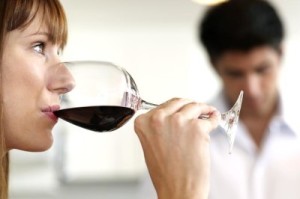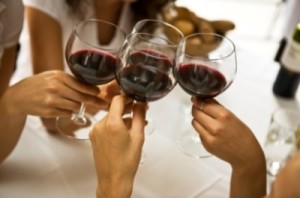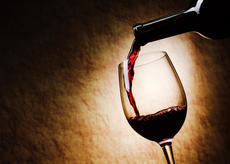 Wine addiction may seem like any other alcohol addiction, but there are some things that make wine addiction and its addicts unique. Wine addiction is often able to slip under the door unrecognized as an addiction because wine is weaker than a liquor and because it has an elitist connotation about it. However, those who become addicted to wine in particular require a slightly different approach to alcoholism treatment than other alcohols do.
Wine addiction may seem like any other alcohol addiction, but there are some things that make wine addiction and its addicts unique. Wine addiction is often able to slip under the door unrecognized as an addiction because wine is weaker than a liquor and because it has an elitist connotation about it. However, those who become addicted to wine in particular require a slightly different approach to alcoholism treatment than other alcohols do.
It can be uniquely difficult to separate a wine addict from their wine for a number of reasons. Much of alcoholism treatment material and study revolves around people who are addicted to hard liquor, because there is more immediate risk to the addict. This creates a misconception that wine is harmless, or that consuming too much of it is not a concern. In North America, our European roots reinforce this idea as Europe has always been the highest consumer of wine. Wine is also arguably more habit forming and ritualistic than other alcoholic beverages. It is an alcoholic beverage that we feel very comfortable around as a society, as demonstrated by its frequent presence at the dinner table (something that is taboo for harder liquors). There are certain rituals that invoke wine drinking, such as the end of a work day, a nice meal, a romantic night, or any weekend or holiday. Wine has some health benefits, so many have wrongfully stopped controlling their intake of wine, citing its “health benefits” as defense. Wine, in fact, has more health detriments than it does benefits and can cause severe health complications for someone abusing it. And lastly, wine has something of an elitist reputation among alcohols. There is the implication that only level-headed, responsible people drink wine. All of these things are responsible for the wine addict’s unwillingness to give wine up.
If you or someone you know is struggling with an addiction to wine, seek the help of a professional addiction service. Separating a wine addict from wine can require an intervention, a thorough detoxification and intensive counselling and therapy in order to heal. There are addiction treatment programs that are tailored specifically to wine addicts and can be the difference between a life of sobriety and a life of serving wine.

